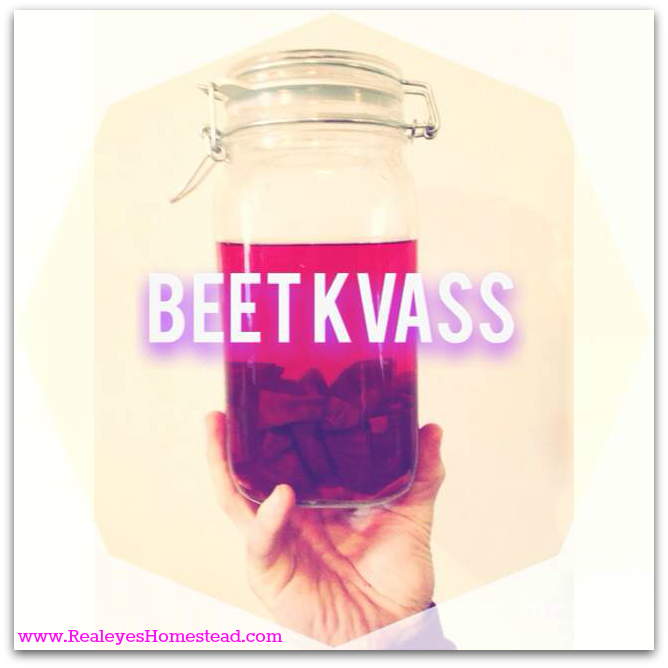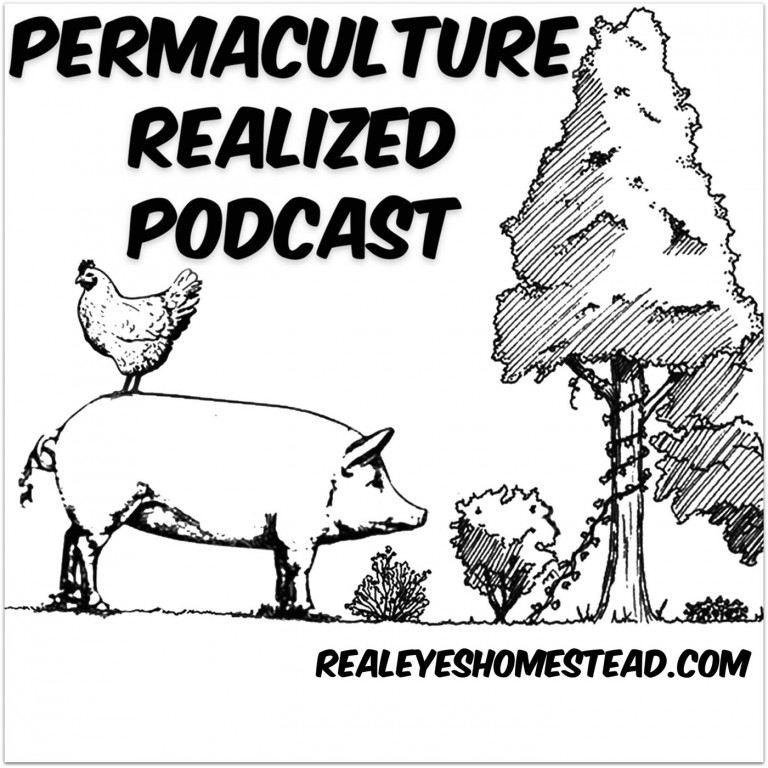Bile is released when you consume fat, so if you don’t consume fat bile is not released very often. When bile is not released very often then it can become viscous from being sedentary. A high toxic load as well as a low fat diet or a diet free of animal fats can also cause viscous bile. This is not good because the toxins stored in your bile by your liver aren’t able to be released, leading to many issues.
If you think you have a high toxicity load or have been on a low fat diet for a while, start slow with the kvass. If you drink too much too fast you may experience a healing reaction. What this means is that you might release a lot of toxins and feel nauseous. If this happens just take a break and don’t drink as much next time. Did I also mention that since beet kvass is fermented it is also loaded with probiotics (beneficial gut microbes)? 🙂
To avoid mold growth use a jar with a rubber gasket lid like this one.
- 1.5 liter anaerobic container (glass jar with a rubber gasket lid, like the one pictured)
- 3 medium beets, peeled and chopped coarsely (no smaller than one cubic inch) (Note: when using beets with greens, make sure the greens have been detached from the beets for at least 7 days)
- 2 inch piece of ginger, thinly sliced or largely grated (optional)
- 2% brine (19 grams unrefined, mineralized salt for every 4 cups filtered water)
- Place grated ginger into anaerobic container
- Add the peeled and chopped beets
- Pour in brine (See notes below)
- Clamp down lid, place in a dark space like a cupboard (UV light kills microbes)
- Leave at room temperature (68-72° F) for about 2-3 weeks. Depending on the temperature (less time in warmer temperatures, more time in cooler temperatures) it might be done sooner or later than 3 weeks. The kvass should not taste too salty or too vinegary. If it is too salty it did not brew long enough. If it is too vinegary it brewed for too long.
- Optional: After it is done fermenting, you may let the beet kvass age for a few weeks in the refrigerator. This gives more depth of flavor.
- To make 2% brine heat water lightly on stove, add salt (19 grams unrefined, mineralized salt for every 4 cups filtered water). Stir until salt is completely dissolved. Let brine cool to room temperature before adding it to the beets.





